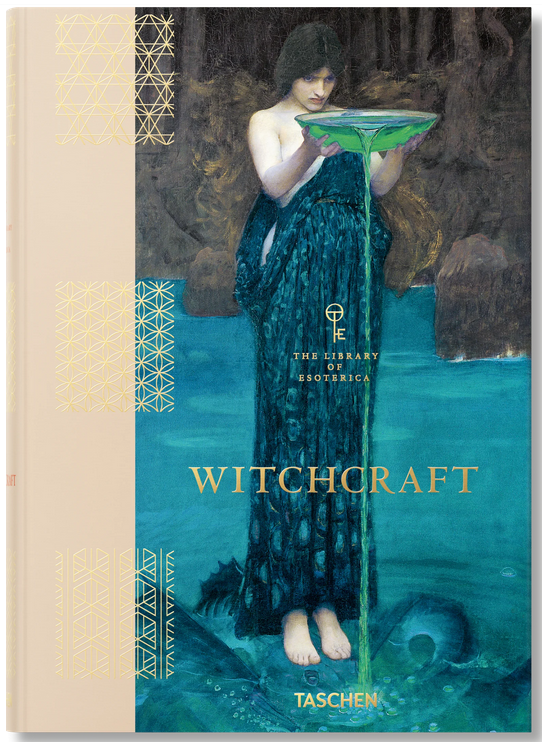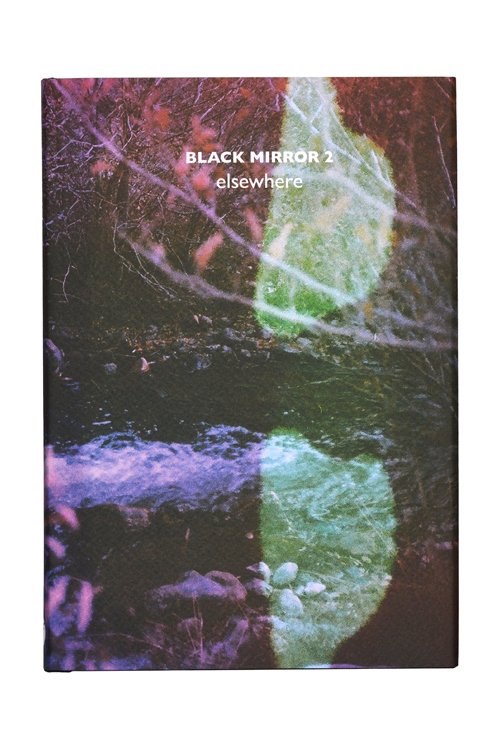Jesse Bransford

Jesse Bransford is a New York-based artist whose work is exhibited internationally at venues including The Carnegie Museum of Art, the UCLA Hammer Museum, PS 1 Contemporary Art Center and the CCA Wattis Museum among others. He holds degrees from the New School for Social Research (BA), Parsons School of Design (BFA) and Columbia University (MFA). A professor of art at New York University, Bransford's work has been involved with belief and the visual systems it creates since the 1990s. Work has been presented in books from Fulgur Press, “A Book of Staves (Galdrastafabók),” and most recently “The Fourth and Fifth Pyramids.” He lectures widely on his work and the topics surrounding his work. He is the co-organizer of the biennial Occult Humanities Conference and an editorial member of the Black Mirror Network.
Publications
A spellbinding journey through the global history of witchcraft, the third volume in The Library of Esoterica follows this magickal tradition from its ancient roots to its modern incarnations.
Straddling the worlds of Surrealism, occultism and modernist literature, Ithell Colquhoun (1906–88) was widely respected in her lifetime, but her transgressive, esoteric and poetic paintings and writings were long neglected until Richard Shillitoe’s 2009 book Ithell Colquhoun: Magician Born of Nature initiated her revaluation
In 2013 artist Jesse Bransford produced an exhibition for the Galveston Artist Residency. Titled The Fourth Pyramid, the exhibition was conceived at the prompting of founder/director Eric Schnell. From this prompt Bransford created a ‘spell’ for the city of Galveston, a large, multi-stage installation that operated with explicit magical intent.
Icelandic folk magic and magical texts — so-called low and high magic – combine as sources and inspiration for A Book of Staves by Jesse Bransford.
Periodicals
On topics as diverse as magico-anthropology, sexual magic, eroto-psychedelic art, Friedrich Nietzsche’s use of psychoactive drugs, the occult meaning of the Fenris Wolf in Scandinavian Asatro, joint dreaming, mytho-historical traces within Völkish photography, the magic and influence of African art
In this volume we explore the philosophy and practice of elsewhere. Throughout the twentieth century both occult practitioners and artists explored the effects of the patriarchal monotheistic heritage that divorced the mind from the body, privileging the intellect as spiritual and negating and subjugating the corporeal.
In this volume we explore the philosophy and practice of embodiment. Throughout the twentieth century both occult practitioners and artists explored the effects of the patriarchal monotheistic heritage that divorced the mind from the body, privileging the intellect as spiritual and negating and subjugating the corporeal.
Black Mirror is a peer-reviewed series that seeks to examine ways in which the occult and the esoteric have been at the heart of art practice now and throughout the modernist period.








